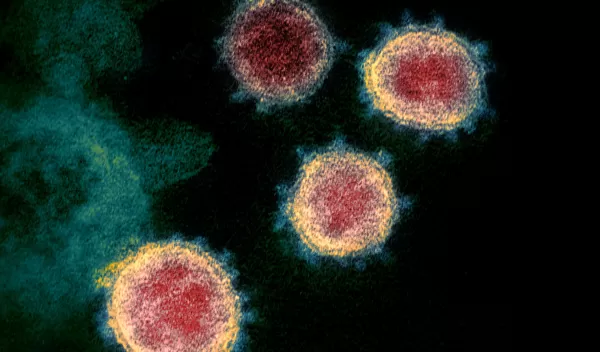
COVID-19: Researchers to model coronavirus for spread mitigation
To help mitigate the effects of the deadly COVID-19 virus, Penn State researchers are developing a new method of analyzing its spread and impacts on policy, with the goal of creating better prepared and more resilient health care systems.
The team, involving researchers from Penn State's College of Engineering, College of Health and Human Development, and the Penn State Milton S. Hershey Medical Center, received a Rapid Response Research grant from the National Science Foundation.
Hui Yang and colleagues will leverage data analytics and simulation models to gain a better understanding of how human movement spreads the virus across geographic locations. That has implications for three types of crisis strategies: regional health care infrastructure, regulatory measures and information distribution.
Several features of the novel coronavirus make it unique, which creates uncertainty for policy makers, the researchers say. Its high degree of infectiousness, the ability of asymptomatic individuals to spread the virus, and the lack of data on the underlying population infection rate are important factors when developing simulation models.
Using machine learning and artificial intelligence, Yang is simulating transmission rates of COVID-19 in local, state and federal settings.
"If there's a specific geographic region and ill people move to it, then healthy people will be at risk, so how can we model this and respond to the virus spread?" Yang asked. "This is a resource allocation problem and needs strategic decision-making. Health care is a resource."
Yang serves as a site director for the Center for Health Organization Transformation, an NSF-funded Industry-University Cooperative Research Center. CHOT researches management, clinical and information technology innovations in health care, and, as in other NSF IUCRCs, industry connections to put scientific advances into practice more quickly.
"Being able to rapidly predict where an infectious disease is headed is critical to implementing timely interventions to protect the health of vulnerable populations," said Prakash Balan, a program director for NSF's Industry-University Cooperative Research Centers program.


